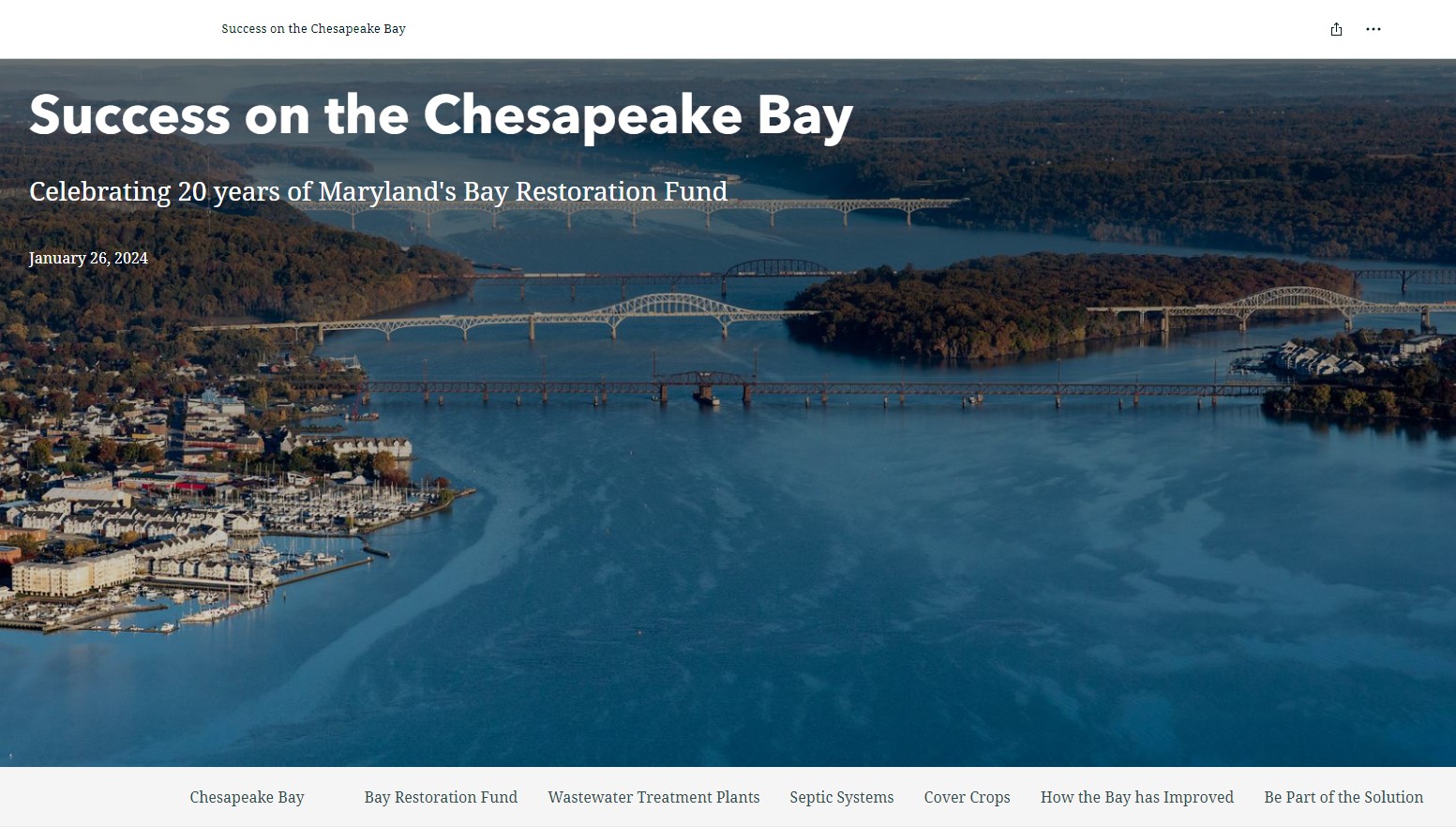From the rugged mountains of northwestern Montana to the largest estuary in the country – the Chesapeake Bay, NEIWPCC’s Clean Water Success Story Project aims to uncover a diverse array of Clean Water Act Section 303(d) achievements. The project is intended to inspire other water quality programs, inform stakeholders and the public, and generate support for future work to advance clean water. Launched in 2022, the five-year EPA-funded project began by focusing on nutrient-related Total Maximum Daily Load (TMDL) success stories from across the country.
What is a Total Maximum Daily Load (TMDL)?
A TMDL defines the maximum amount of a pollutant that a waterbody can receive while still meeting water quality standards.
NEIWPCC staff researched each story, developing a two-page document describing the water quality problem addressed, the strategies used, and the successful outcome. To reach a broader audience, additional communication products for each story were also developed, such as infographics, social media graphics and StoryMaps. These materials, as well as select easy-to-use templates and guides, are available on the project webpage.
Featured stories to date include reducing nutrient pollution from septic leachate in Montana’s Flathead Basin. In collaboration with the Western Montana Conservation Commission, NEIWPCC developed an educational social media campaign about septic system practices that protect water quality as well as a handout detailing the multi-pronged efforts to reduce septic leachate.
To the east, NEIWPCC worked with a community partnership, Envision the Choptank, to share the story of a tributary to the Chesapeake Bay – Maryland’s Choptank River. Here, nutrient and sediment pollution is degrading water quality largely due to agricultural runoff. To help achieve the Chesapeake Bay TMDL goals for the Choptank watershed, Envision the Choptank focuses on agriculture, local governments, and disenfranchised communities in its evidence-based, community-driven approach.
In partnership with staff from the Maryland Department of the Environment, NEIWPCC developed materials surrounding the Bay Restoration Fund (BRF). Fund monies are directed towards nitrogen-reducing water quality improvements in support of the Chesapeake Bay TMDL, notably major wastewater treatment plant upgrades. In the 20 years since the implementation of the BRF, the water quality of the Chesapeake Bay has shown significant signs of improvement, as detailed in this StoryMap.

First-hand accounts of these success stories, and many more, are included in season two of the Clean Water Pod podcast.
The next wave of success stories – as well as the theme of season three of the Clean Water Pod – will focus on innovative approaches within the 303(d) program. This could include, for example, using a new way to incorporate data to complete a water quality listing or building non-traditional partnerships to implement a TMDL. To submit a success story idea or learn more, please visit the project webpage or email Beth Malcolm at bmalcolm@neiwpcc.org.